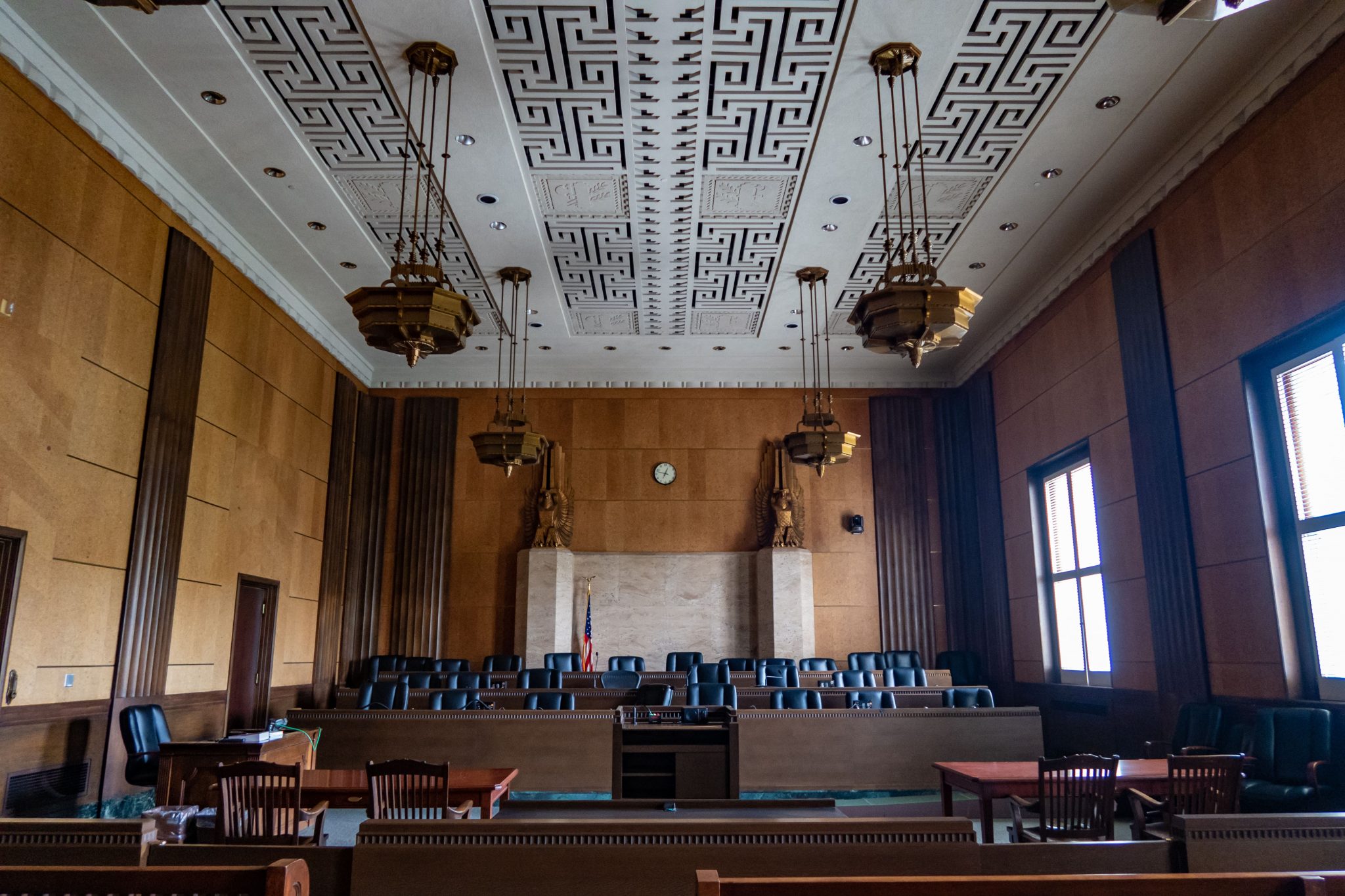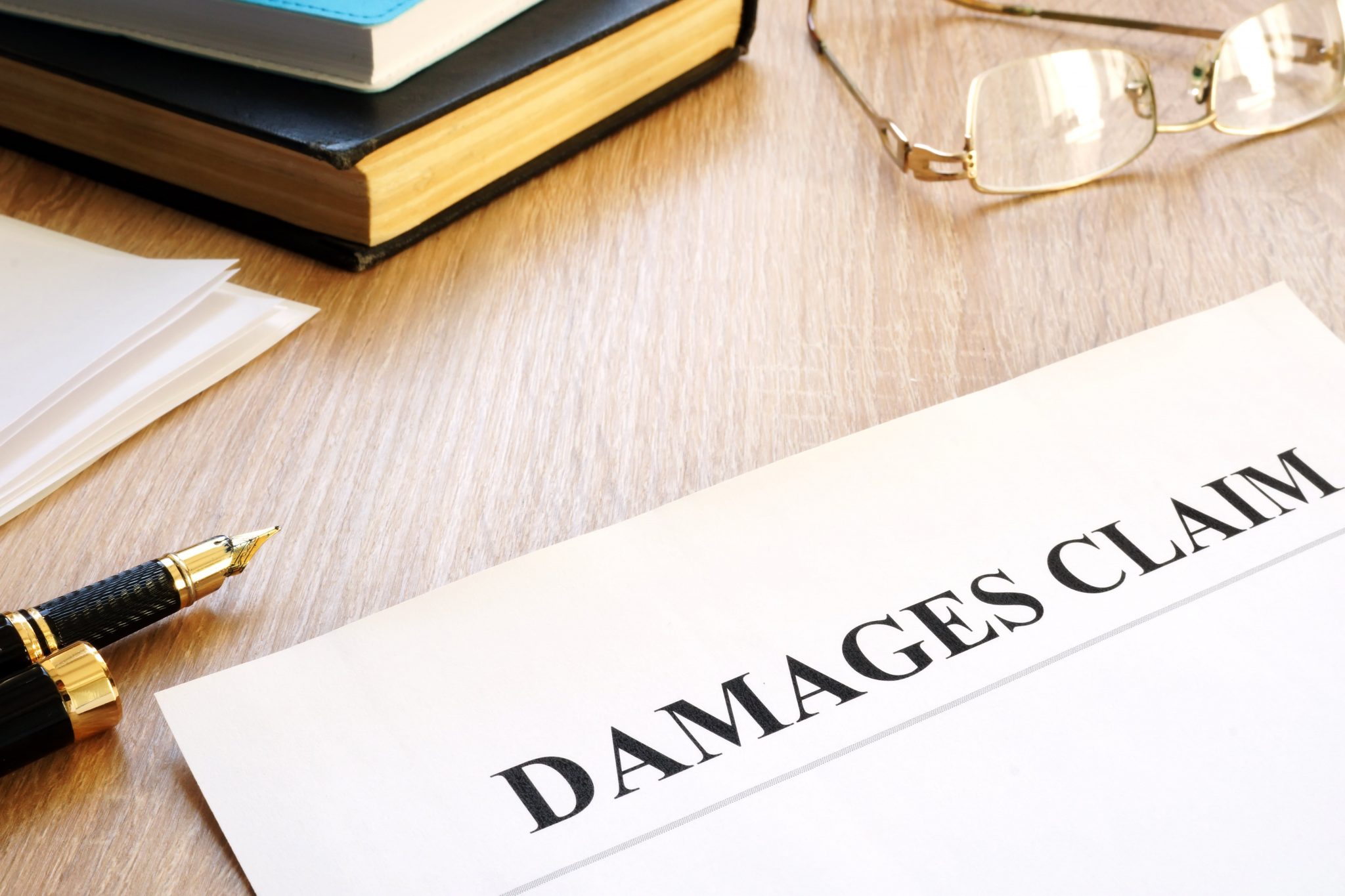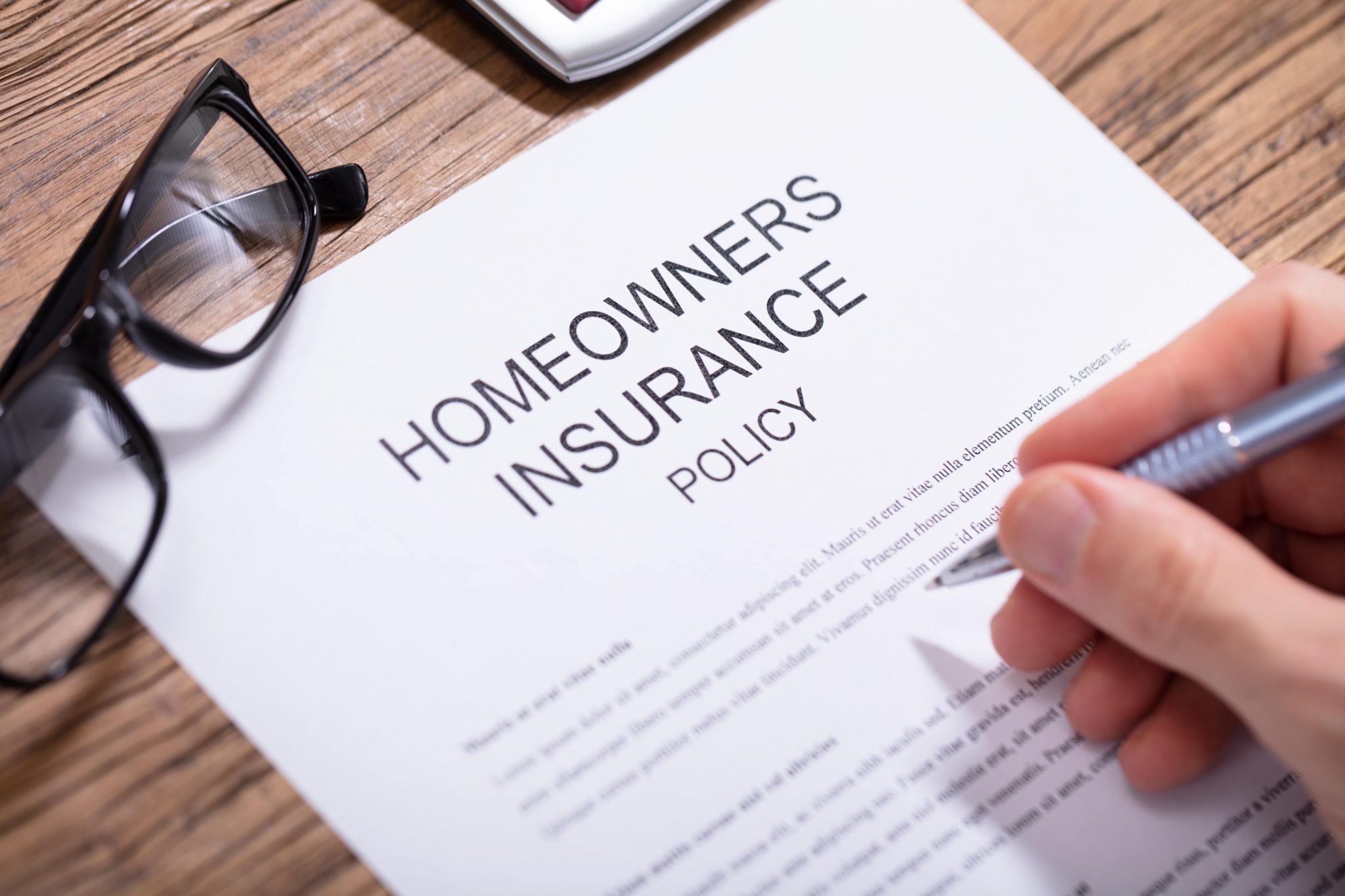- WE’RE HERE TO HELP 24/7
- 800.586.5555
Understanding Your Homeowners Insurance Policy

Historic Hispanic Lawyers
May 11, 2021
Am I Getting Short Changed on My Property Damage Claim?
May 15, 2021Understanding Your Homeowners Insurance Policy

Are you intimately familiar with your home insurance policy? Are you confident that if something went wrong, you’d know if you’re covered and for how much without having to call your insurance company? Many Americans can’t answer those questions, which can be an issue when they do need to file a claim.
Homeowners assume that the coverage they pay for each month protects their family and home from having to bear huge out-of-pocket expenses should an accident or act of God befall their home. Unfortunately, that’s not always what happens. Far too often, policy holders are chagrined to learn the source of the damage or the way it happened prevents them from being able to collect. All insurance policies have fine print, and it can pay dividends to know exactly what you’re covered for before something happens.
According to recent studies, roughly two-thirds of the nation’s homes are underinsured, many by approximately 60 percent.
A 2016 survey conducted by Trusted Choice and the Independent Insurance Agents & Brokers of America found that 73 percent of respondents didn’t have flood insurance.1 A study performed by the Insurance Research Council after hurricane Sandy surveyed homeowners about their hurricane deductible. Approximately a third of them didn’t know they had hurricane deductibles. More worrisome, a quarter of respondents didn’t have a firm grasp on the concept of deductibles in general.
Homeowners who are underinsured or don’t understand their coverage end up risking a lot, especially if they are living in Florida or another state where natural disasters such as hurricanes occur frequently.
Although not strictly about home insurance, Policygenius surveyed Americans on their health care coverage in 2017 and found that 96% of Americans couldn’t confidently define four terms that are essential to their benefits – deductible, coinsurance, co-pay and out-of-pocket maximum. Many recognized the terms and could confidently understand some of them, but few really understood them all.3
It’s understandable that people aren’t intimately familiar with every aspect of their insurance coverages. Many have several different kinds, ranging from home and auto insurance to health and life insurance. They receive thick policy booklets every year that are filled with legalese and fine print. The complexity of the service and the infrequency of its use makes it easy to take a hands-off approach to insurance.
Thankfully, understanding the basics of your home insurance policy isn’t as difficult as it may appear.
What Does Homeowners Insurance Cover?
Although it may seem basic, knowing exactly what is covered is a good starting point for understanding your coverage.
Most homeowners insurance policies cover your home itself as well as your personal property within the home. They also provide coverage for damages you may cause to someone else or their property, even if the damage or injury doesn’t occur on your property.
Dwelling and Property Coverage
If your home or property is damaged you would be filing a first party property claim. Your homeowners policy claim cap will insurance your home itself (Coverage A) based on your home’s rebuild cost – essentially how much it would cost to rebuild your home from the ground up.
Your home insurance also provides coverage for other structures (Coverage B), such as a detached garage, fences or sheds. Other structure coverage is usually set at a max of 10 percent of your home’s rebuild cost.
Your personal property is also covered (Coverage C), usually for 50 to 75 percent of the rebuild cost. If the insurance company estimates you rebuild cost to be $300,000 your personal property would be covered for up to $150,000 to $225,000, depending on your policy. Keep in mind there are many limits and caps when it comes to types of personal property.
Some of your personal property is covered under your homeowners policy even if it’s not at your home. For example, if you had work equipment at another location and it as stolen or damaged your homeowners policy will cover some of the cost of replacement. If your car is broken into and some of your personal property is stolen your home insurance will cover the personal property while your car insurance would cover damage to the vehicle.
Additional Living Expenses (Coverage D)
If your home were to suffer damage that resulted in it becoming unlivable for a period of time, your home insurance would also pay for you to stay somewhere else while your home is being repaired. This additional living expenses (ALE) coverage usually has a cap that varies based on your policy, but it’s usually based on a percentage of the rebuild cost. For example, if your home’s rebuild cost is $300,000 and ALE covers expenses up to 20 percent of the build cost you would have up to $60,000 available to you, although ALE coverage usually only lasts for 12 months after the event.
However, homeowners can only receive ALE reimbursement if the damage inflicted on their home was covered by their insurance policy. If your home became uninhabitable due to flood damage related to Hurricane Irma, for example, your policy would not pay for your additional living expenses. The National Flood Insurance Program’s policies also does not include ALE coverage, so even if you have flood insurance you won’t be entitled to additional living expenses.
That being said, FEMA can help with ALE if the president declares a major disaster in your area.
Another thing to keep in mind is the damage caused by wind, not flooding. If a tree falls on your home and caves in part of your roof or debris breaks windows during a hurricane, that could potentially be covered under your home insurance policy, which means you may be eligible for ALE depending on the extent of the damages.
Third-Party Liability Coverage (Coverage E)
The second part of the policy is known as third party liability. If you are accused of causing damages to someone else’s property or injure another person, even if the event doesn’t occur on your property, you may be covered by third party liability. This coverage offers you protection not only for damages that may be levied against you but also help you pay for legal expenses in your defense.
The reason third party liability coverage is packaged with homeowners insurance is your home is an expensive asset. Part of protecting that asset includes defending you from claims or lawsuits against you that could result in you losing your home.
Renters and Condo Insurance
Renters insurance provides the same types of coverage as a homeowners policy except Coverage A and Coverage B. Condo insurance is slightly different as well, because the condo association usually owns the building a condo is located within and therefore insures it with a separate policy. Where a renters policy will only cover personal property, however, a condo insurance policy will cover some features of the building itself, such as walls and built-in furnishings, such as cabinets, appliances and countertops.
Forms of Homeowners Insurance
Exactly what types of events, or “perils”, are covered by your homeowners insurance policy is dependent on the form of the policy. These policies range from HO-1, the most basic coverage, to HO-8, which is specifically designed for older homes. In between are various levels of coverage and specialized plans for different types of residences.
HO-1 – Basic Form
HO-1 is a standard homeowners insurance policy and the most affordable of the normal homeowners insurance options. This type of coverage is so barebones that many mortgage companies view HO-1s as insufficient for their borrowers.
Some of the perils a HO-1 home insurance policy typically cover include:
- Theft and Vandalism
- Fires and Smoke
- Lightning, Hail and Wind
- Damage Caused by Vehicles or Aircraft
- Damage Due to Riots and Civil Unrest
- Volcanic Eruptions
Many of these perils are not exactly common accidents that often befall the average homeowner, which is why these policies are much lower risk for insurance carriers and more affordable for the insured. Unlike the other forms of home insurance, HO-1 generally either doesn’t include or offers only limited Coverage E and Coverage C. You often have to provide a list of exactly which possessions you want a HO-1 policy to cover.
HO-2 – Broad Form
This form of home insurance covers all the perils of HO-1 but adds a half dozen other potential risks to the list. These include things like:
- Damage due to the weight of ice, snow or sleet
- The freezing of heating and cooling systems
- Objects falling on a home
- The accidental “tearing, cracking, burning or bulging” of household systems or plumbing
- Overflowing or faulty discharge of water or steam
- Damage caused by artificially generated electrical currents
In addition to these added perils, HO-2s also include all the normal coverage types, including personal property and liability coverage.
